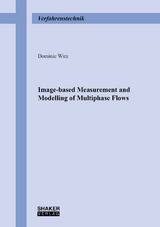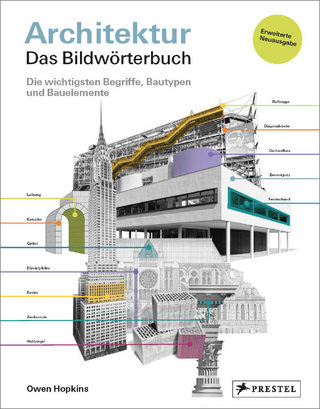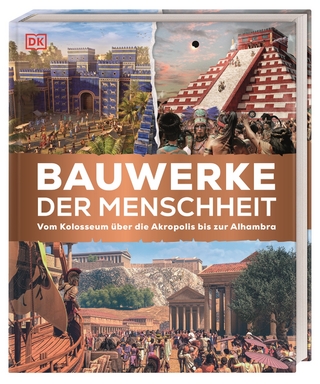Image-based Measurement and Modelling of Multiphase Flows
Seiten
The particulate properties of multiphase flows dominate a variety of process engineering applications in all fields such as food processing, pharmaceuticals, or basic chemical production.
In present time, industry is still lacking measurement techniques that reliably measure these particulate properties in sufficient temporal and spatial resolution with statistical significance.
Therefore, processes are usually developed by experience, safety factors, and rule of thumbs.
Depending on the process and type of particles, different techniques can be used, each having its own advantages, disadvantages, and limitations. The most promising approach in recent years are image-based incident light probes because they allow a view into the apparatus and can be used for almost any substance system. Unfortunately, its disadvantages are distance- dependent imaging, low depth of field, and poor contrast due to reflections. These are potential sources of error that can only be partially reduced by complex image processing software. A solution to this is the Optical Multimode Online Probe (OMOP). In this thesis, telecentric shadowgraphic probes that rely on the functionality of the OMOP are utilized to determine particulate properties in a variety of applications. In four case studies the use of the OMOP is explored and the technique is applied to a bubble column, a crystallizer, a dispersion in a stirred vessel, and a two-phase pump-mixer. From these studies, it is shown that shadowgraphic probes can be easily applied and reliably measure the particle size regardless of the type of process.
In present time, industry is still lacking measurement techniques that reliably measure these particulate properties in sufficient temporal and spatial resolution with statistical significance.
Therefore, processes are usually developed by experience, safety factors, and rule of thumbs.
Depending on the process and type of particles, different techniques can be used, each having its own advantages, disadvantages, and limitations. The most promising approach in recent years are image-based incident light probes because they allow a view into the apparatus and can be used for almost any substance system. Unfortunately, its disadvantages are distance- dependent imaging, low depth of field, and poor contrast due to reflections. These are potential sources of error that can only be partially reduced by complex image processing software. A solution to this is the Optical Multimode Online Probe (OMOP). In this thesis, telecentric shadowgraphic probes that rely on the functionality of the OMOP are utilized to determine particulate properties in a variety of applications. In four case studies the use of the OMOP is explored and the technique is applied to a bubble column, a crystallizer, a dispersion in a stirred vessel, and a two-phase pump-mixer. From these studies, it is shown that shadowgraphic probes can be easily applied and reliably measure the particle size regardless of the type of process.
| Erscheinungsdatum | 17.03.2023 |
|---|---|
| Reihe/Serie | Berichte aus der Verfahrenstechnik |
| Verlagsort | Düren |
| Sprache | englisch |
| Maße | 148 x 210 mm |
| Gewicht | 215 g |
| Themenwelt | Sachbuch/Ratgeber ► Natur / Technik ► Technik |
| Technik | |
| Schlagworte | Bubbles • crystals • droplets • Image-based probe • Modelling • Multiphase Flow • particles • Sauter mean diameter |
| ISBN-10 | 3-8440-8997-7 / 3844089977 |
| ISBN-13 | 978-3-8440-8997-4 / 9783844089974 |
| Zustand | Neuware |
| Haben Sie eine Frage zum Produkt? |
Mehr entdecken
aus dem Bereich
aus dem Bereich
die wichtigsten Begriffe, Bautypen und Bauelemente
Buch | Softcover (2024)
Prestel (Verlag)
32,00 €
vom Kolosseum über die Akropolis bis zur Alhambra
Buch | Hardcover (2023)
DK (Verlag)
19,95 €
Buch | Hardcover (2021)
C. Bertelsmann (Verlag)
18,00 €




